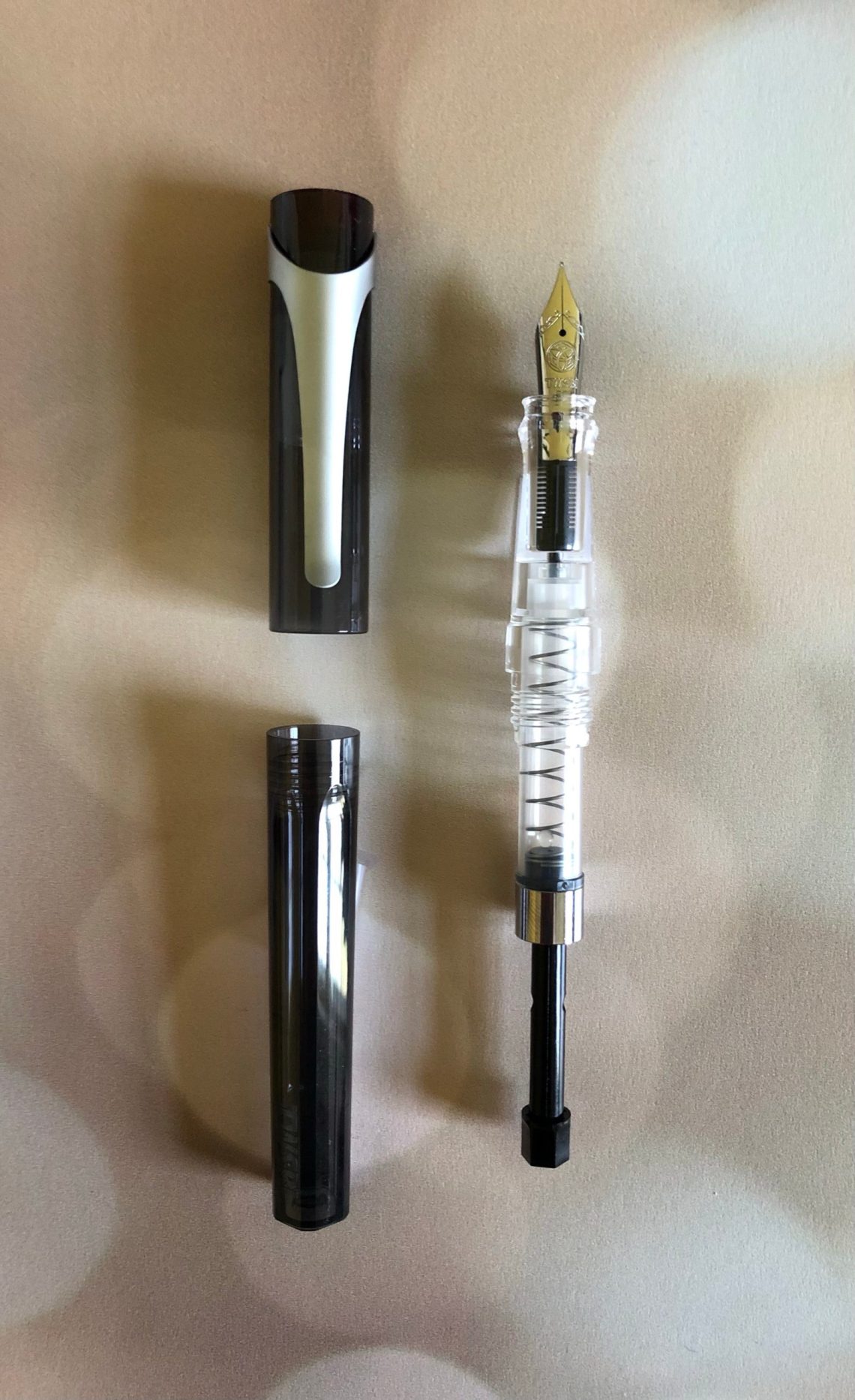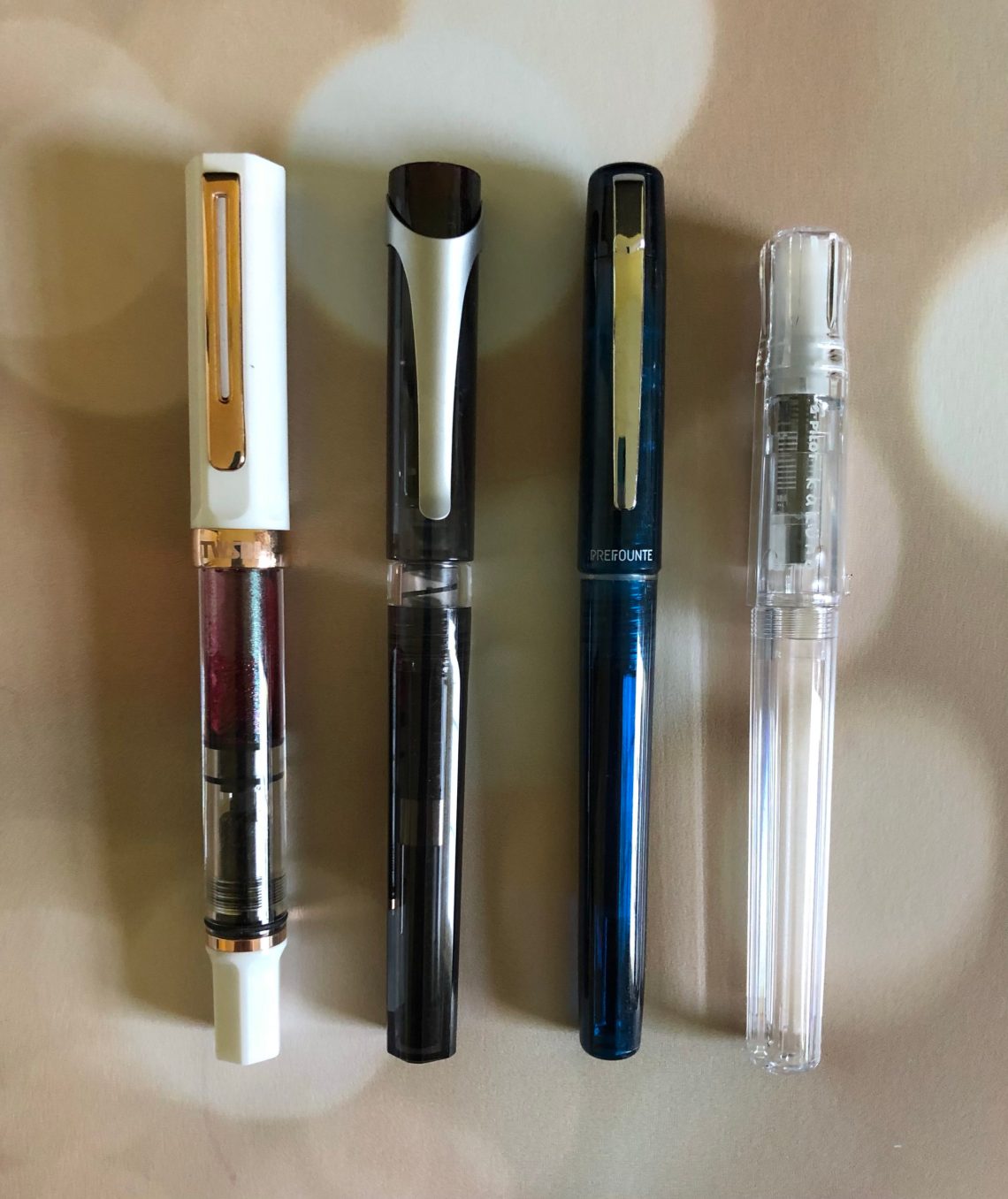In the past year or two, Laine, a company that produces Nordic knitting patterns (magazines and gorgeous books), has also produced a knitting journal. This past weekend when Ana and I went on our local yarn crawl, we decided to pick up a copy and review it!

My Knitting Notes (€19 or $25) is designed as a notebook for knitters who want to keep a journal of the projects they work on. Ana and I were particularly interested in this because of late, we’ve been contemplating the best method to track our projects.

A small sidebar:
You might be wondering why we would need to track projects and what use such a record would be. As crafters, we often make projects more than once, so recording what patterns, needle sizes, and yarns we used, as well as any notes we made during the project, make a tidy reference point. Ana and I have been using Ravelry, a social media site and database for crafters, to track our projects, but recent developments have made us worry a bit about the longevity of that platform. The nice thing about an electronic journal is that we can add pattern PDFs, photos, links to needles or yarn, whereas in a physical format you’d have to print some of those items out to append them to a journal. That said, electronic platforms (particularly those social ones) are impermanent and can disappear (often faster than the written word). So what is the best method to track things?
Back to the review at hand:
My Knitting Notes is a small journal, measuring 6 x 8.5″ (15 x 21cm) and about .75″/2cm thick. It is hardbound, with a woven cover in Mustard, and embossed in gold on the front cover with My Knitting Notes and the back cover with Laine’s logo. The journal itself contains 156 pages divided among reference materials, entry pages for 31 projects, and a small section of grid for noting schematics or charting patterns. The end papers are in a soft peach with no additional printing, and the main paper of the journal is off white. Finally, there is a yellow ribbon bookmark for place keeping.



I find the layout very practical actually. There is a small reference section at the front which includes among other things needle conversion tables (the US uses needle “sizes” and the remainder of the world mostly uses measurements in mm), a printed ruler for small measurements and some common abbreviations and definitions. However the bulk of the book is devoted to project pages. The first 2-page spread of the project pages has spaces for some basic information, and then lined areas for notes. The second 2-page spread is blank, which could allow for doodles, sketches or more notes. It also might be a nice place to add yarn tags and snips with washi tape? Or a printed photo of the completed project?



Let’s talk about the paper. The journal touts “156 pages of high-quality paper” which to me often spells trouble. To be sure, in my larger nibs and more heavily pigmented fountain pen inks, there was some feathering. But I was pleasantly surprised that in my smaller nibs, the paper did fine. And even with a bit of feathering, nothing bled through. I used fountain pens in varying nib sizes, fine liners, gel inks, rollerballs and pencil so I feel like I did put the paper through it’s paces. I didn’t test any water resistance (I expect not much because the paper feels fairly porous) or heavier markers because I don’t know that I would use them in a journal of this sort.

Overall, I think this is a well made and reasonably priced book geared towards knitters. As I continue to mull over where I track my projects, I’m going to give this one a go for the remainder of 2021 and see where I end up!
DISCLAIMER: The notebook in this review was purchased by The Well-Appointed Desk from our local yarn store, Yarn Social Kansas City. You can also find it at Laine. Please see the About page for more details.































 So how does the Swipe stack up? Compared to the very slightly more expensive ECO (26.99 vs. 32.99) it’s just a smidge lighter (16g vs. 22g) and every so slightly shorter (5 3/8″/13.5cm vs 5 1/2″/14cm). I also put it against some other introductory pens, the
So how does the Swipe stack up? Compared to the very slightly more expensive ECO (26.99 vs. 32.99) it’s just a smidge lighter (16g vs. 22g) and every so slightly shorter (5 3/8″/13.5cm vs 5 1/2″/14cm). I also put it against some other introductory pens, the 




















